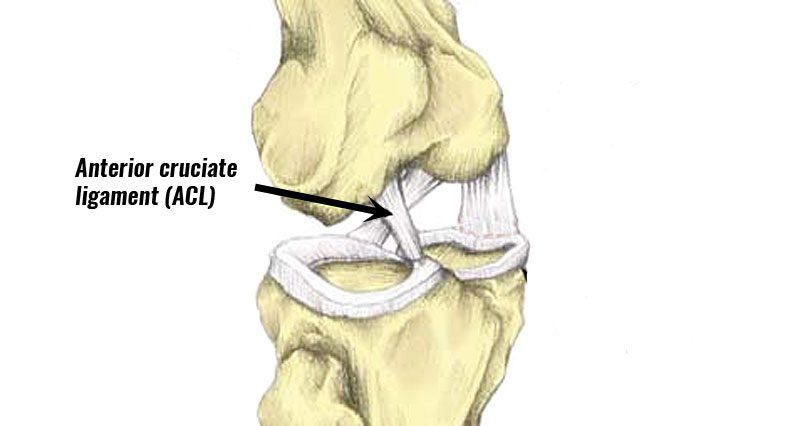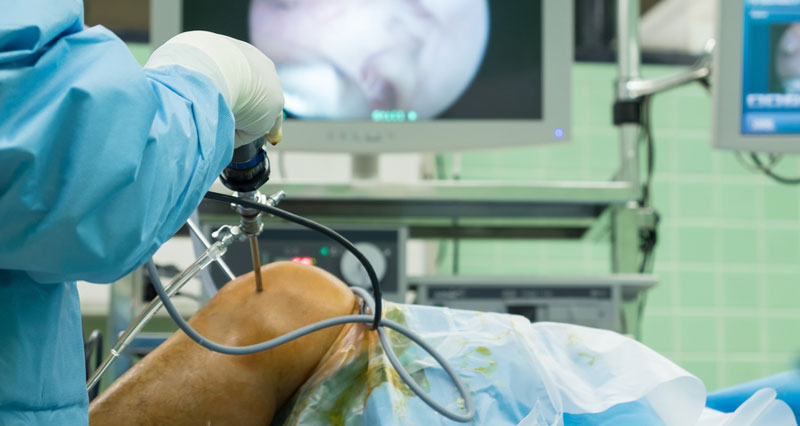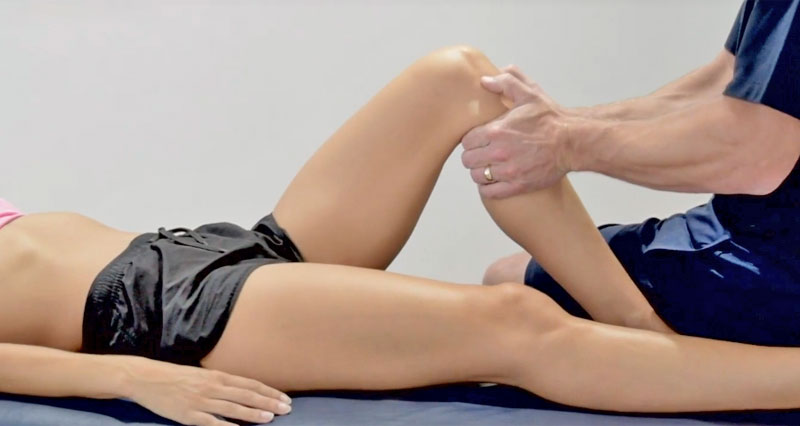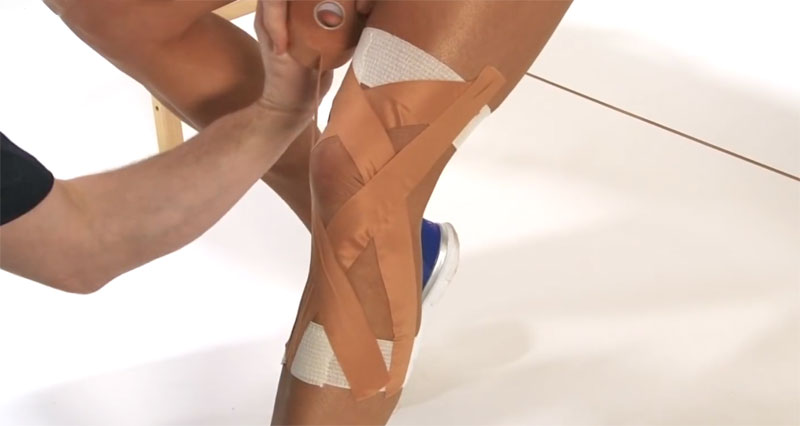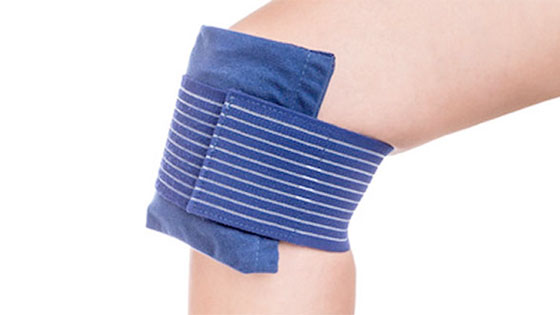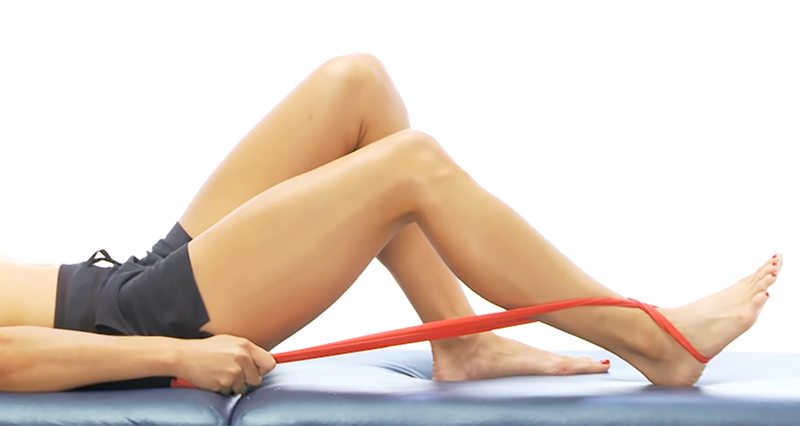An ACL (Anterior Cruciate Ligament) sprain is overstretching or tearing of the ACL, a crucial ligament for knee stability. Common in sports, it occurs during abrupt stops, changes in direction, or impacts. Symptoms include immediate pain, swelling, instability, and a popping sound. Treatment varies from mild to severe, for mild injuries, rest, ice, compression, and physical therapy. Severe cases may require surgical ACL reconstruction. Rehabilitation focuses on restoring strength and flexibility.
Medically reviewed by Dr. Chaminda Goonetilleke, 21st Dec. 2021
Torn ACL symptoms
Symptoms of a torn anterior cruciate ligament include:
- Sudden, acute pain in your knee.
- In most cases, you will be aware that something serious has happened.
- Some patients describe an audible pop or crack at the time of injury.
- Your knee may swell up rapidly, but not in all cases, and it may feel warm to touch.
- You may also feel very unstable on your knee if you are able to walk.
The rapid swelling is caused by bleeding within the joint. This is due to ruptured blood vessels around and within the ACL which causes bleeding into the joint cavity.
ACL sprain assessment & diagnosis
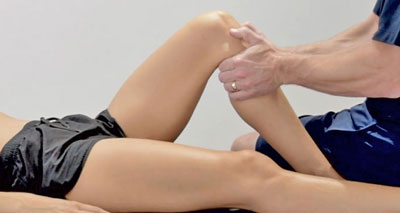
A professional therapist will do a number of assessment tests to help diagnose your ACL sprain. These include:
Imaging
An MRI scan can confirm the diagnosis of an ACL sprain. An X-ray is only useful to detect a bony injury such as an associated avulsion fracture. This is where the ligament tears, pulling a small piece of bone away with it.
- More on ACL sprain diagnosis
What is an ACL sprain?
An ACL sprain is a tear of the anterior cruciate ligament in the knee. This can either be a partial tear or a full tear (rupture) depending on the force of the injury.
Anatomy
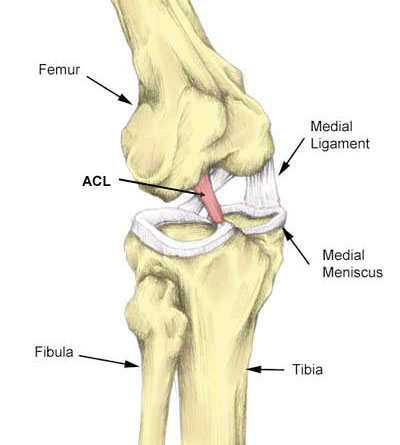
The anterior cruciate ligament runs diagonally across the knee. It originates from the back of the femur (thigh bone) and attaches to the front of the tibia.
Its function is to prevent the tibia (shin bone) from moving excessively forwards.
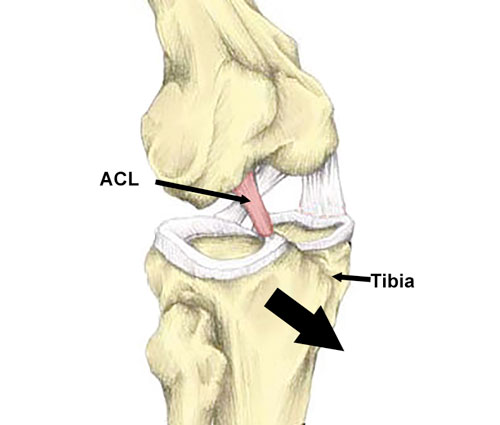
What causes ACL injuries?
Injuries to the ACL usually occur as a result of either a twisting force in the knee.
This can happen when landing after a jump. The foot is planted on the ground, whilst the knee twists inwards.
Contact sports
Although less common, you may also sustain an ACL injury from contact with opponents, particularly in sports such as rugby or football.
A direct blow to the outside of the knee causes it to buckle inwards. This causes excessive movement of the tibia (shin bone) resulting in damage to other structures within the knee, as well as a torn ACL.
Skiing
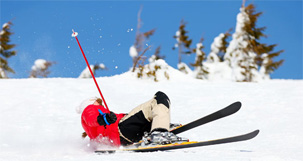
Skiing is also a common cause of ACL sprains. The tips of the skis dig into the snow causing the knee to twist.
Treatment for ACL sprains
Treatment for an ACL sprain consists of immediate first aid, taping/bracing, and rehabilitation exercises. If you believe that you have a suspected ACL injury or tear, you should seek professional advice as soon as possible.
Cold therapy & compression
Immediate first aid for ACL tears involves applying the P.R.I.C.E. therapy principles (protection, rest, ice, compression, and elevation) to reduce pain and swelling.
Apply a cold compression wrap for 15 minutes every hour or so for at least the first 72 hours. Or until you have had the knee assessed by a professional therapist or doctor. Do not apply ice directly to the skin as it may burn.
Wear a knee brace
Wear knee support or brace to help protect your knee, especially if it is unstable. Knee braces vary considerably in price and the amount of support they offer.
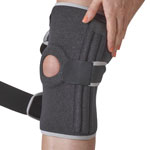
Buy Knee Braces
A hinged knee brace has solid metal supports down the sides to give extra support to protect the ligaments. It is not possible to brace, tape, or support the knee to completely prevent injuries.
Knee taping
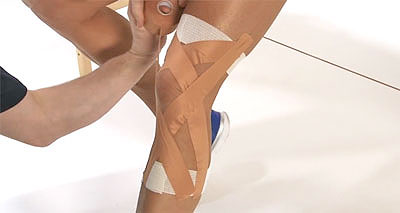
The aim of using a brace or
Do not tape if you are unsure of the injury, or the purpose of taping the knee. This can sometimes give you a false sense of security and you may damage the knee even more.
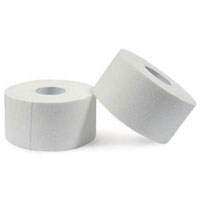
Zinc Ocide Sports Tape
- How to tape for ACL sprain
Seek professional advice
If you suspect a torn ACL then it is important you see a doctor or professional practitioner who can make a full diagnosis. This may not be possible until swelling has reduced.
They are likely to send you for an MRI scan or X-ray to confirm the diagnosis and depending on the result, they may advise you to see an orthopaedic surgeon.
Rehabilitation for ACL sprains
Our step-by-step ACL sprain rehabilitation program has been developed by elite sports physiotherapist Phil Pask.
- Start our ACL sprain rehab program now!
The program is criteria-based rather than a timeline. So you progress at your own pace and only move on to the next phase when you reach specific criteria.
It includes video demonstrations of the following types of exercises:
- Mobility exercises to restore normal range of movement in the knee.
- Activation exercises keep your hip muscles firing, preventing them from switching off and weakening.
- Proprioception exercises (movement control) to restore spacial awareness and reduce the risk of your injury recurring.
- Strengthening exercises
- Functional exercises bridge the gap between basic rehab exercises and full sports training.
In cases where surgery is the treatment of choice, your surgeon will often delay the timing of your operation. This allows time for the swelling to go down and normal movement regained before reconstructing the ligament.
- Go to ACL Sprain Rehab Program
Surgery for a Torn ACL
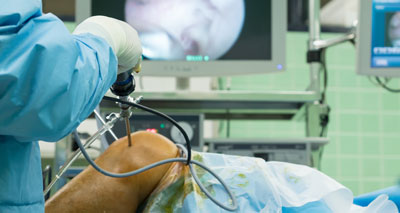
Surgery for a torn ACL is not always required. Whether you are advised to have surgery or not will depend on the level of sport and competition you perform at.
You may be advised to follow a non-surgical (conservative) approach.
- More on ACL surgery
ACL sprain references:
- Boden B.P., Sheehan F.T., Torg J.S. and Hewett T.E. (2010) Non-contact ACL Injuries: Mechanisms and Risk Factors Journal of the American Academy of Orthopaedic Surgeons 18(9) pp 520-527
- Magnussen R.A., Reinke E.K., Huston L.H., Hewett T.E. and Spindler K.P. (2016) Factors Associated with High-Grade Lachman, Pivot Shift and Anterior Drawer at the Time of Anterior Cruciate Ligament Reconstruction The Journal of Arthroscopic and Related Surgery 32(6) pp 1080-1085
- Culvenor AG, Eckstein F, Wirth W, et al. Loss of patellofemoral cartilage thickness over 5 years following ACL injury depends on the initial treatment strategy: results from the KANON trial Br J Sports Med Published Online First: 08 February 2019.
- Myklebust G, Bahr R. Return to play guidelines after anterior cruciate ligament surgery. Br J Sports Med 2005;39(3):127–31
